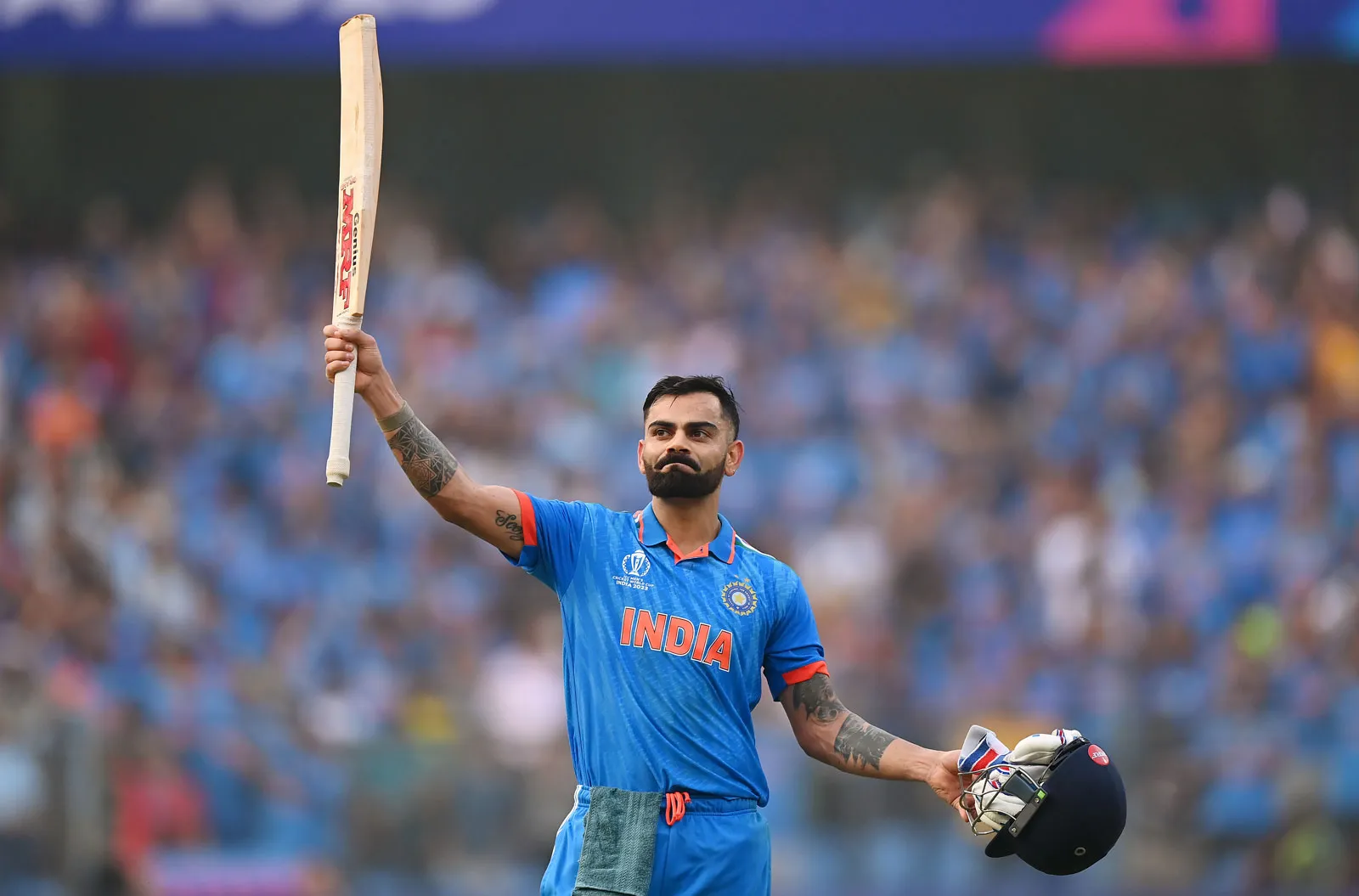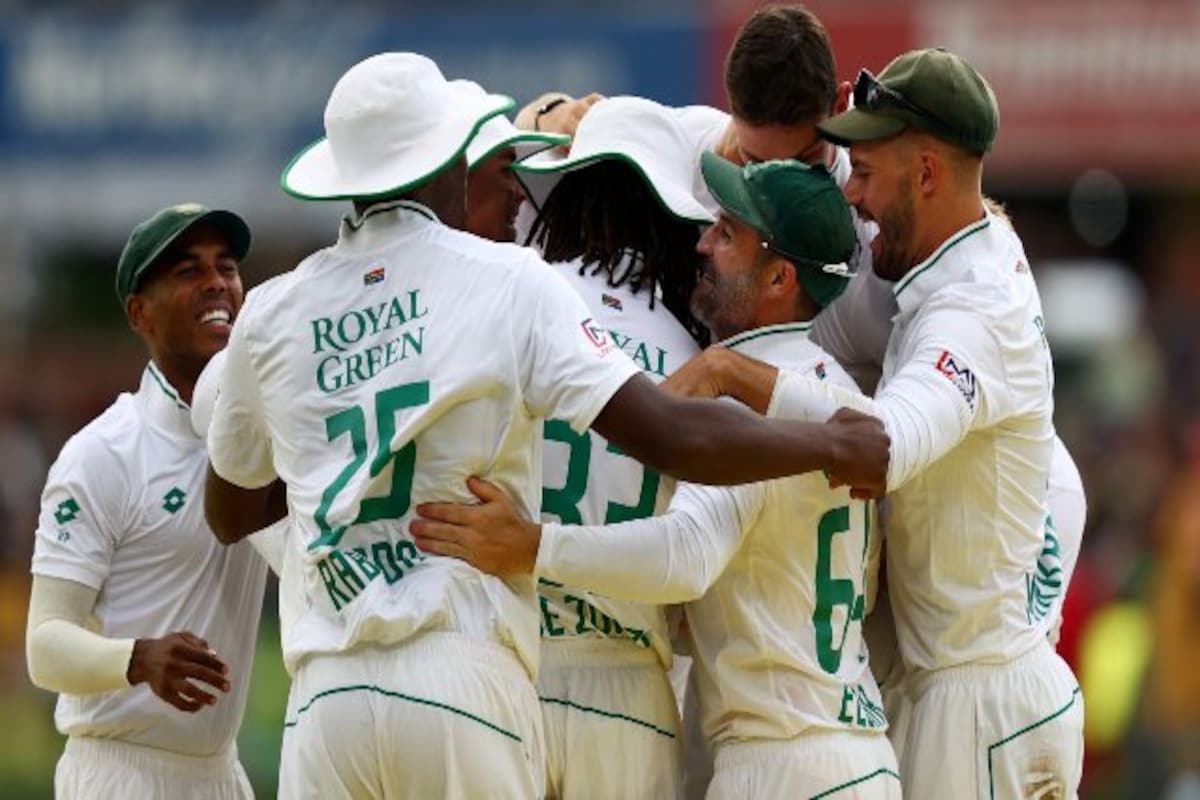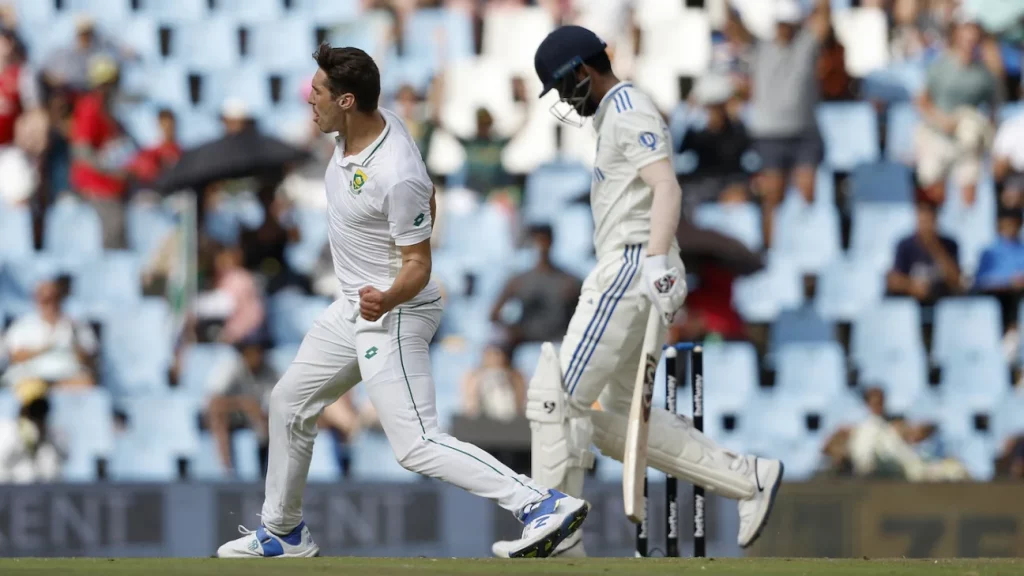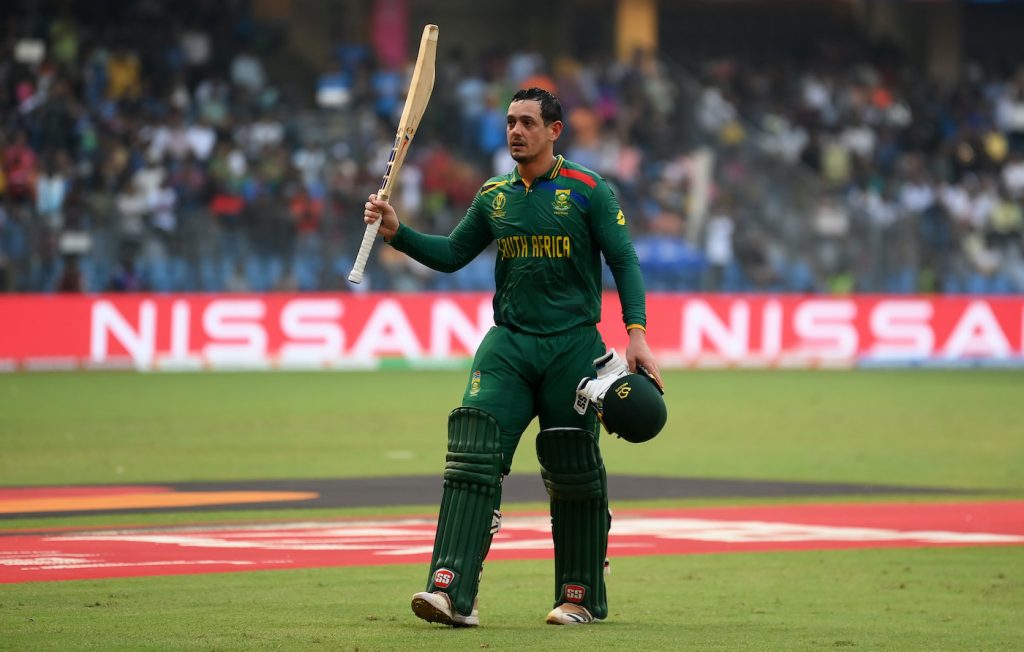In a remarkable display of cricket, South Africa triumphed over India in the first Test of their series, concluding the game within three days.
The South African team, led by Dean Elgar’s impressive 185 and Marco Jansen’s unbeaten 84, amassed a formidable 408 runs.
This performance set the stage for their bowlers to dismantle the Indian batting lineup, leading to a victory by an innings and 32 runs.
India’s Struggle Against South Africa’s Pace

India’s batting order crumbled under the relentless assault of South Africa’s pacers, managing only 245 and 131 in their two innings.
Virat Kohli’s valiant 76 in the second innings was the lone resistance against a bowling attack that exploited the conditions masterfully.
The Indian team’s struggle was evident in their second innings, where nine of their batsmen scored in single digits.
The Pitch: A Key Factor in the Outcome
The Centurion pitch played a significant role in the match’s outcome. Over the course of the game, the pitch evolved, offering variable bounce and seam movement that the South African bowlers exploited effectively.
Kagiso Rabada’s transcendent performance, with match figures of 7 for 91, was a testament to the advantage gained from understanding and utilizing the pitch conditions.
India’s Inability to Adapt
In contrast, the Indian bowlers struggled to acclimatize to the conditions. Their inability to adapt to the pitch and exploit its characteristics was a crucial factor in their defeat.
The performance of debutant Prasidh Krishna, who found the conditions challenging, highlighted the gap between the two teams in terms of utilizing the home advantage.
The Tactical Edge: South Africa’s Superior Strategy
South Africa’s bowlers, particularly Nandre Burger and Marco Jansen, capitalized on the new ball’s potential, consistently hitting troublesome lengths and reaping rewards.
Burger’s four-wicket haul was a result of persistent pressure and exploiting the back-of-good-length area, which troubled the Indian batsmen throughout their innings.
India’s Misjudged Bowling Strategy
India’s bowling strategy, in contrast, seemed misaligned with the demands of the pitch.
Their tendency to bowl too full allowed South African batsmen, especially the lower order, to score freely.
Jansen’s near-century, characterized by powerful drives, underscored India’s failure to target the right areas.
The Road Ahead: Implications for Both Teams

This victory serves as a significant morale booster for South Africa, showcasing their ability to dominate a strong opponent like India.
The performance of their batsmen and bowlers in unison sets a high standard for the remainder of the series.
India’s Need for Strategic Reassessment
For India, this defeat necessitates a reassessment of their strategies, both in batting and bowling.
The need to adapt quickly to foreign conditions and understand the nuances of different pitches becomes paramount.
The upcoming matches in the series will test India’s ability to bounce back and challenge South Africa’s newfound confidence.
Conclusion: A Test of Adaptability and Strategy
The first Test between South Africa and India was a stark reminder of the importance of understanding and adapting to playing conditions.
South Africa’s comprehensive victory was a result of superior strategy, effective use of the pitch, and a cohesive team performance.
India, on the other hand, faces the challenge of reevaluating their approach to make a comeback in the series.
The remainder of the matches promises to be a fascinating contest of skill, strategy, and adaptability.




